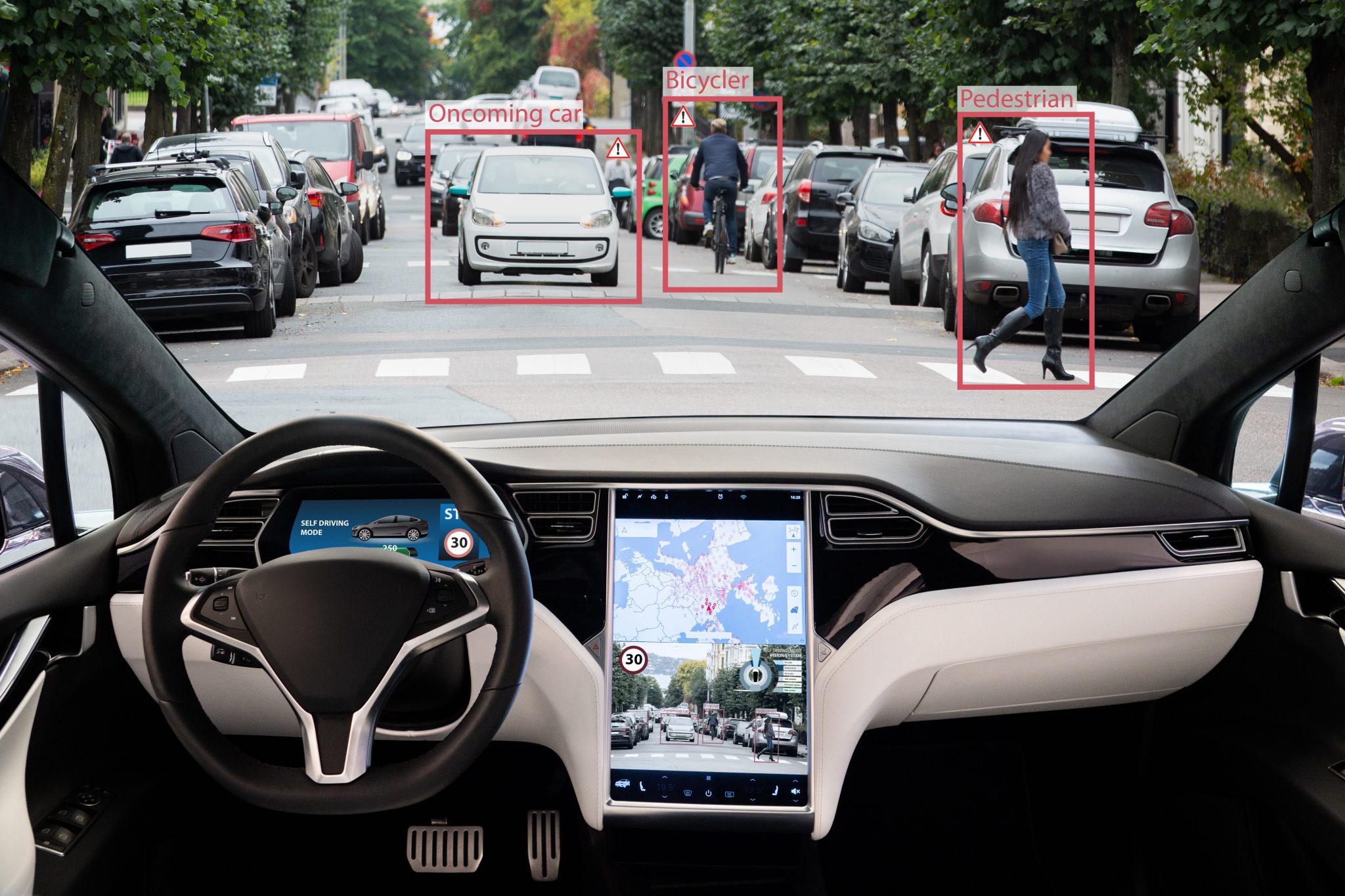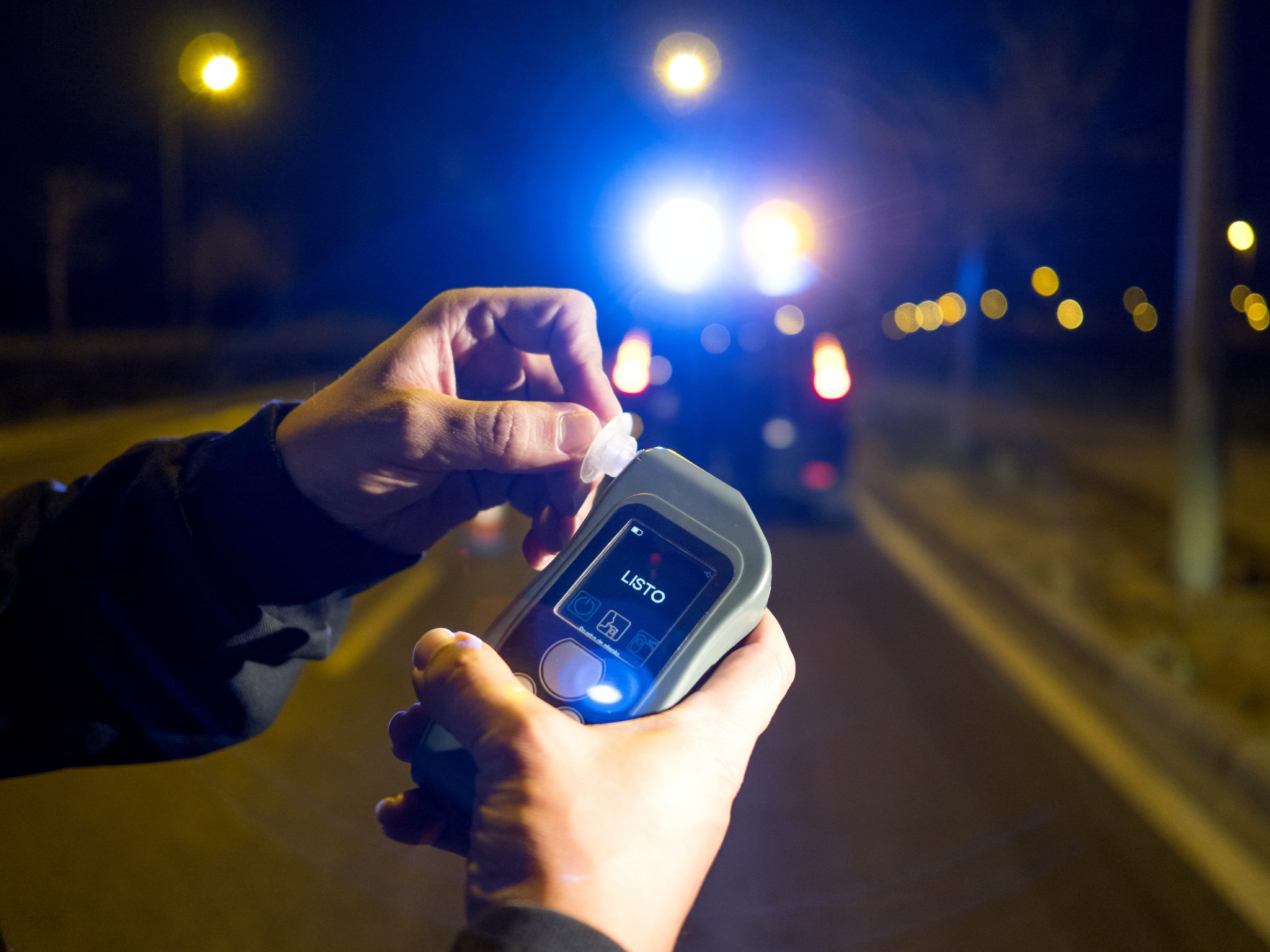- WE’RE HERE TO HELP 24/7
- 800.586.5555
Why and How Did .08 Become the Legal BAC Limit?

Top 10 States With The Most DUIs (Slide Deck)
September 30, 2019
Who Is Liable for Self-Driving Car Accident?
December 11, 2019Why and How Did .08 Become the Legal BAC Limit?

The first drunk driving arrest occurred in London, England on September 10, 1897. A 25-year-old taxi driver was arrested after he ran his cab into a building. He pled guilty and was charged 25 shillings, which is 1.25 pounds. At today’s exchange rate, that would be about $1.60. Adjusted for inflation, that fine is about $50.1,2
The first state in the U.S. to criminalize drunk driving was New Jersey. That first DUI law, passed in 1906, simply relied upon police officers’ observations of intoxication and didn’t have any specific BAC level connected to it. Under that law, penalties for drunk drivers included a fine of up to $500 and up to 60 days in county jail.
It wasn’t until the late 1930s and 1940s that state laws began specifying specific blood-alcohol content (BAC) limits. Most states initially adopted a .15 BAC limit. For example, New York made driving while intoxicated illegal in 1910, and then amended the law in 1941 to define drunk driving as operating a vehicle with a BAC above .15.
The drop to a .08 BAC limit, which was adopted by all states by the end of the 1990s, is largely credited to advocacy groups such as Mothers Against Drunk Driving (MADD) and Students Against Destructive Decisions (SADD).
How Did Law Enforcement Make BAC Determinations Back in the Early to Mid-20th Century?
If you were wondering how a police officer was supposed to make a determination of intoxication and the legality of charging a person based on the subjective judgment of the arresting officer, you aren’t alone. One of the biggest factors that complicated the prosecution of drunk driving was the inconsistent and hard to prove or measure inebriation of offending drivers.
A Los Angeles based doctor, Emil Bogen, was the first to discover that a reliable measure of someone’s intoxication could be made based on breath alone. The early tests essentially required a chemistry set, making them of little use from a law enforcement perspective.3
The first relatively portable BAC tester, developed by Indiana University biochemist Dr. Rolla N. Harger, was used in real-world trials by the Indiana State Police Department on December 31, 1938. Shortly thereafter Harger’s “Drunkometer”, along with many competing devices, such as the “Alcometer” and “Intoximeter”, began circulating among police departments around the country.
All of these devices relied on measuring the ratio of carbon dioxide and alcohol in a person’s breath by having them blow into what was essentially a balloon and then pushing that breath through the device. Their breath would mix with a chemical concoction that changed colors based on the carbon dioxide to alcohol ratio in the breath. Their sample then had to be compared with pre-mixed alcohol solutions to calculate a person’s BAC.
The Breathalyzer model currently utilized today was initially invented by Robert F. Borkenstein in 1954 and didn’t require the portable chemistry set or balloon of previous devices.
It Took Time for American Perceptions to Change
Initially, many Americans didn’t trust breath BAC testing and other new policing inventions of the time, such as radar for tracking speed and lie detectors. These new advancements were seen as part of the growing trend of “push-button justice.” A lot of people at the time didn’t feel comfortable taking the human element out of policing. The public had more faith in the subjective opinion of law enforcement officers than the accuracy of a device.4
This outlook is understandable given the newness of these mostly unknown technologies. Consider self-driving cars today – there are a lot of people who aren’t sold on their safety even if manufacturers and designers have built up backlogs of studies and evidence that suggest AI drivers can be far safer than human drivers.
What really drove the change of perception – both in terms of technology and the increasing acknowledgement of drunk driving as immoral – were the increasingly alarming number of fatal auto accidents being caused by drunk drivers.
The U.S. Department of Health & Human services estimates that intoxication was a contributing factor in 60 percent of fatal auto accidents during the 1970s. The National Highway Traffic Safety Administration (NHTSA) didn’t track alcohol-related driving statistics until 1982. In that year there were 21,113 DUI fatalities.
The drop in drunk driving deaths in the ensuing decades has been credited to more stringent laws, increased penalties and a fundamental change in the way people think about drunk driving. Many studies point to the increased drinking age and youth education as important factors that contributed to the development of more conscientious adult drivers who are aware of the risks drunk driving poses.5
By 2000, annual DUI deaths had dropped to 13,324. In 2017, DUI fatalities had dropped to 10,876.6,7
Although the 2017 numbers are a lot better than the 1982 numbers, they still aren’t ideal. It represents a nine percent increase from 2011, when there were only 9,865 drunk driving fatalities.
Any deaths attributed to drunk driving are too many. Hopefully, by educating the public and young people on the danger, the fatality rate can begin dropping back down.
